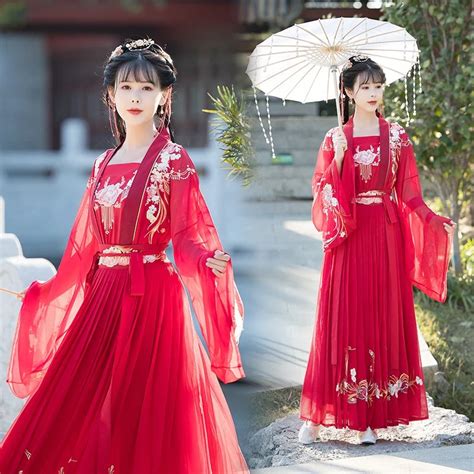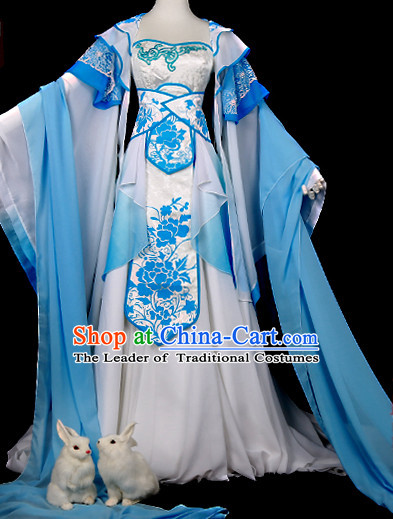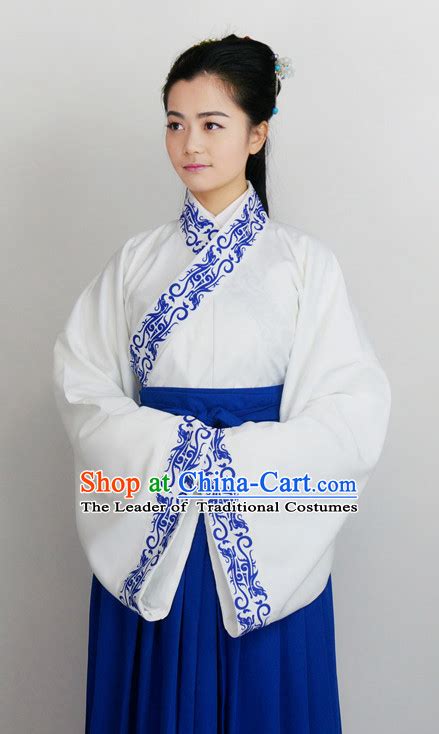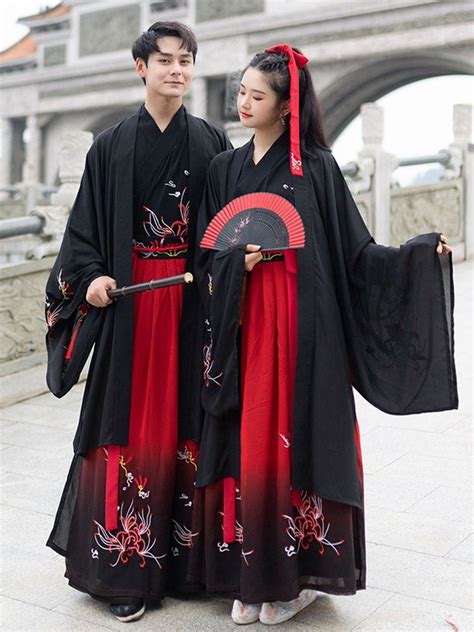20 Traditional Chinese Dresses: Complete Buyer's Guide

Traditional Chinese dresses have been a cornerstone of Chinese culture for centuries, reflecting the country's rich history, diverse regional identities, and exquisite craftsmanship. These dresses, often referred to as hanfu or cheongsam (also known as qipao), are not just pieces of clothing but bearers of cultural heritage, symbolizing the elegance, beauty, and virtue of the wearer. With their intricate designs, vibrant colors, and distinctive styles, traditional Chinese dresses have captured the hearts of people worldwide, making them a sought-after item for cultural enthusiasts, fashionistas, and anyone interested in exploring the depths of Chinese tradition. This guide will delve into the world of traditional Chinese dresses, exploring their history, types, how to choose the right one, and what to consider when purchasing, ensuring that you find the perfect traditional Chinese dress that suits your taste and needs.
Introduction to Traditional Chinese Dresses

Traditional Chinese dresses are categorized into several types based on their historical period, region, and the social status of the wearer. The hanfu, for instance, is one of the oldest forms of traditional Chinese clothing, dating back to the Han Dynasty (206 BCE - 220 CE). It is characterized by its loose, flowing design and is often worn for formal and ceremonial occasions. On the other hand, the cheongsam, which emerged during the Qing Dynasty (1644-1912), is known for its body-hugging fit and elegant appearance, making it a popular choice for both traditional and modern occasions.
Understanding the history and cultural significance of these dresses can help buyers appreciate their value and choose a dress that aligns with their interests and preferences. For example, a buyer looking for a dress that embodies ancient Chinese culture might opt for a hanfu, while someone looking for a more contemporary and versatile option might prefer a cheongsam.
Types of Traditional Chinese Dresses
There are numerous types of traditional Chinese dresses, each with its unique characteristics and historical background. Some of the most notable types include:
- Hanfu: As mentioned, it is one of the oldest and most traditional forms of Chinese clothing.
- Cheongsam: Known for its sleek design and versatility, it has become a symbol of Chinese elegance.
- Tangzhuang: Originating from the Tang Dynasty, it is characterized by its round collar and embedded buttons.
- Mongolian Dress: Influenced by Mongolian culture, it is known for its bold patterns and warm, layered design.
| Dress Type | Description | Origin |
|---|---|---|
| Hanfu | Loose, flowing design | Han Dynasty |
| Cheongsam | Body-hugging fit, elegant appearance | Qing Dynasty |
| Tangzhuang | Round collar, embedded buttons | Tang Dynasty |
| Mongolian Dress | Bold patterns, warm and layered | Mongolian Culture |

Purchasing Guide for Traditional Chinese Dresses

Purchasing a traditional Chinese dress can be an overwhelming experience, especially for those who are new to the world of Chinese clothing. Factors such as material, size, color, and price play a significant role in determining the right dress. Here are some key considerations:
Material and Quality
The material of the dress can significantly affect its comfort, durability, and overall appearance. Traditional Chinese dresses are often made from silk, cotton, or a combination of both. Silk is prized for its smooth texture and luxurious feel, making it a popular choice for formal occasions. Cotton, on the other hand, is more casual and suitable for everyday wear.
When it comes to quality, look for dresses with intricate embroidery, precise stitching, and high-quality fabrics. These elements not only enhance the dress’s aesthetic appeal but also reflect the craftsmanship and attention to detail that goes into making each piece.
Size and Fit
Ensuring the right size and fit is crucial for comfort and confidence. Traditional Chinese dresses come in a variety of sizes, and some sellers may offer custom sizing to fit individual measurements. It’s essential to check the size chart provided by the seller and consider factors such as the dress’s style, material, and intended use when selecting a size.
Color and Design
The color and design of the dress can greatly impact its overall appearance and the occasion for which it is suitable. Traditional Chinese dresses often feature vibrant colors and intricate patterns that symbolize good fortune, prosperity, and happiness. When choosing a dress, consider the occasion, your personal style, and how the dress’s colors and design align with these factors.
- For formal events, opt for dresses with traditional colors such as red, gold, and blue, which symbolize prosperity and good fortune.
- For casual wear, consider dresses with softer colors and minimal patterns for a more relaxed and modern look.
Technical Specifications and Performance Analysis

When analyzing the technical specifications and performance of traditional Chinese dresses, several factors come into play, including the dress’s material, construction, and how it is cared for. Here are some technical aspects to consider:
Material Composition
The material composition of the dress can affect its durability, comfort, and overall performance. For instance, dresses made from 100% silk are known for their luxurious feel and durability, but they may require dry cleaning, which can be a drawback for some buyers. On the other hand, dresses made from cotton or cotton-silk blends offer a more affordable and practical option, with easier care instructions.
Care Instructions
The care instructions for traditional Chinese dresses can vary significantly depending on the material and construction of the dress. Silk dresses often require dry cleaning, while cotton dresses can usually be machine washed. It’s essential to follow the care instructions provided by the seller to maintain the dress’s quality and extend its lifespan.
| Material | Care Instructions |
|---|---|
| 100% Silk | Dry cleaning recommended |
| Cotton | Machine wash cold, hang dry |
| Cotton-Silk Blend | Hand wash cold, hang dry |
Future Implications and Trends

Traditional Chinese dresses are not just relics of the past but are also evolving to meet the demands of modern fashion. With the resurgence of interest in cultural heritage and traditional clothing, these dresses are experiencing a revival, both in China and globally. The future of traditional Chinese dresses looks promising, with designers incorporating modern elements, such as sustainable materials and innovative designs, into these timeless pieces.
This blend of tradition and modernity is expected to appeal to a wider audience, making traditional Chinese dresses a staple not just in cultural events but also in everyday fashion. As the world becomes more interconnected, the appreciation and demand for cultural clothing like traditional Chinese dresses are likely to increase, paving the way for a new era in fashion that celebrates heritage and diversity.


